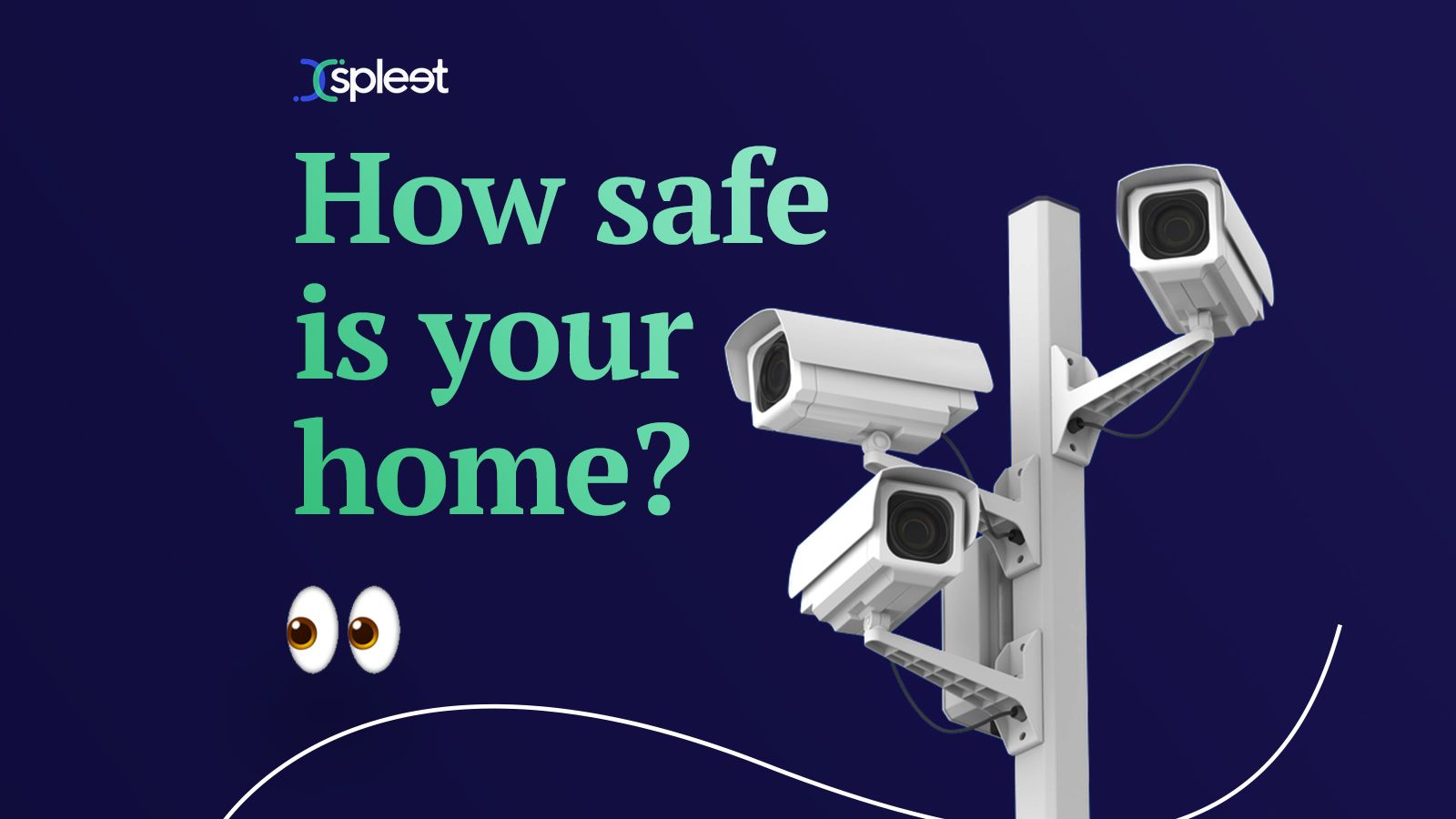How safe is your home? 👀
We live in an increasingly volatile society. Recent events in our country underpin the need to be security and safety conscious. At the end of the day, "your home is meant to be where you feel safest".

Before you read this article, take this quiz and share your results with us on Twitter and Instagram.
We live in an increasingly volatile society. Recent events in our country underpin the need to be security and safety conscious. One cannot be too careful. It is essential that investors, landlords and tenants give critical consideration to location, technology, and availability of security/safety provisions when deciding where to invest, build for personal use, or rent accommodation. At the end of the day, your home is meant to be where you feel safest.
While one might think there is no safe place as there are security risks everywhere, certain measures can be put in place to substantially reduce or eliminate security risks. Whether security services are provided in-house or outsourced by the property manager, a checklist for security services tailored to the specific needs and risk exposure of a property should be designed and effectively maintained.
The checklist should include a wide range of activities from:
- CCTV monitoring and maintenance at car parks, common areas and blind spots.
- Regular vehicle and foot patrols.
- Staffed personnel securing entrance and exits points.
- Reviewing security footage (weekly, bi-weekly or monthly).
- Managing visitors' and vendors' logs (automated access control could be adopted).
- Regular and prompt security reports should be given to management.
- An open communication line with law enforcement agencies.
- Liaising with local security agencies within the community--police, LNSC etc.
Security threats may include property theft and burglary, break-ins, vandalism, assaults and loitering. While alarm systems and electronic gates are good security measures, they have limitations, hence the need to integrate people with technology.
Safety encompasses security, health and also the habitable state of the property. In residential properties, ensuring the safety of occupants is one of the most important roles of the landlords, property/facility managers, and even the occupants themselves.
With this understanding, it is the responsibility of each of these stakeholders to ensure:
- Regular inspections of the structural framework of the property.
- Open communication lines, including emergency contacts.
- Routine environmental sanitation.
- Installing functional perimeter lighting.
- Regular maintenance of electrical systems.
- Regular fire drills and training on emergency response.
- Periodic fumigation to curb rodents and pests.
- Use of safety signages at car parks, walkways, stairways, swimming pools and dustbin areas.
- Trimming of overgrown shrubs.
The question 'I paid rent, why should I be concerned about safety?' might come to mind for a tenant. While this is true, it is also true that safety is everybody's concern and not the property manager's or landlord's exclusive responsibility. Everyone has a role to play in ensuring safety for themselves and the person next door.
-- Babajide Tileyemi is an Operations Associate at Spleet.

